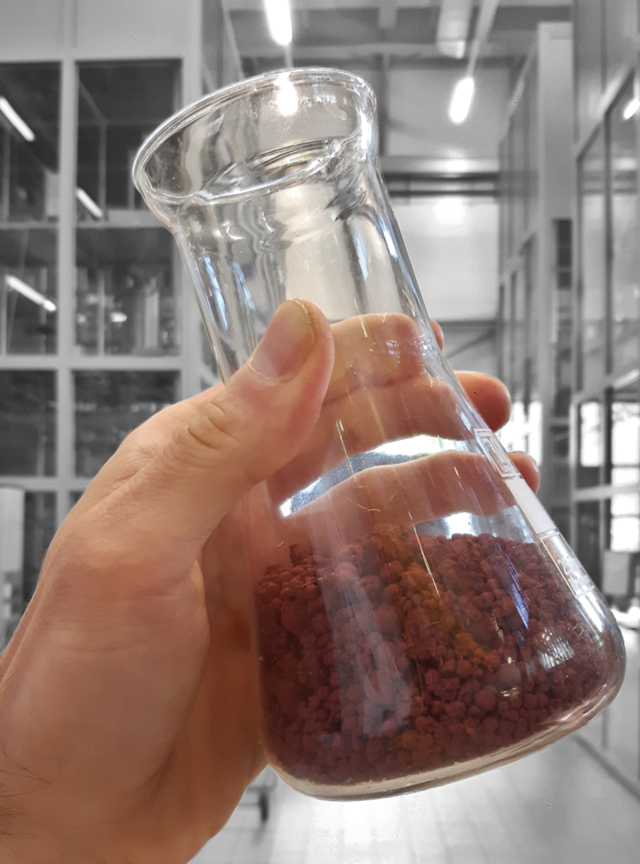Biomass utilisation provides nowadays the opportunity of a CO2 neutral production of energy (heat, power, fuels) and chemicals. Besides, as recently remarked by several international institutions, negative emission technologies (NET) based on bioenergy are required in order to achieve globally net CO2 emissions close to zero, which is mandatory to limit the consequences of global warming. Within the project BIO-LOOP several key technologies for a sustainable future are combined.

Material development is a crucial issue for chemical looping processes. High temperatures, significant thermal stress, ongoing phase transitions and mechanical abrasion burden the applied oxygen carriers. Therefore, the successful application of chemical looping processes is highly depending on research and application of proper synthesis methods. Furthermore, the reaction kinetics of the applied oxygen carrier materials are investigated and directly contribute to CFD-modelling. These aim at the development and validation of a flexible CFD-based multi-physics toolbox for multiphase reactive flows in chemical looping technologies, which is able to describe fluid dynamics, particle motion, homogeneous and heterogeneous reaction kinetics as well as heat transfer in the system.
Fixed bed chemical looping systems are promising for decentralized applications. In comparison to fluidised bed systems, their size and hence the investment costs are significantly smaller which is the basis for their decentralised application. Based on this background, rather simple and robust systems and components are required to realize these systems. Another aim of BIO-LOOP is the development of a new decentralised system configuration for hydrogen, heat, power and synthesis gas production based on fixed-bed conversion, supported by the fundamental research on material for chemical looping processes and by the CFD-based multi-physics toolbox.

A strong focus of the project is the examination of fuel contaminants in exhaust gases (e.g. N, S, Cl). When solid fuels, such as biomass feedstock, will be utilized in chemical looping technologies, the reaction pathways of these impurities need to be understood to develop effective counter-measures regarding emission. In addition, the interaction between biomass ash and bed material in the reactive beds is closely studied.









